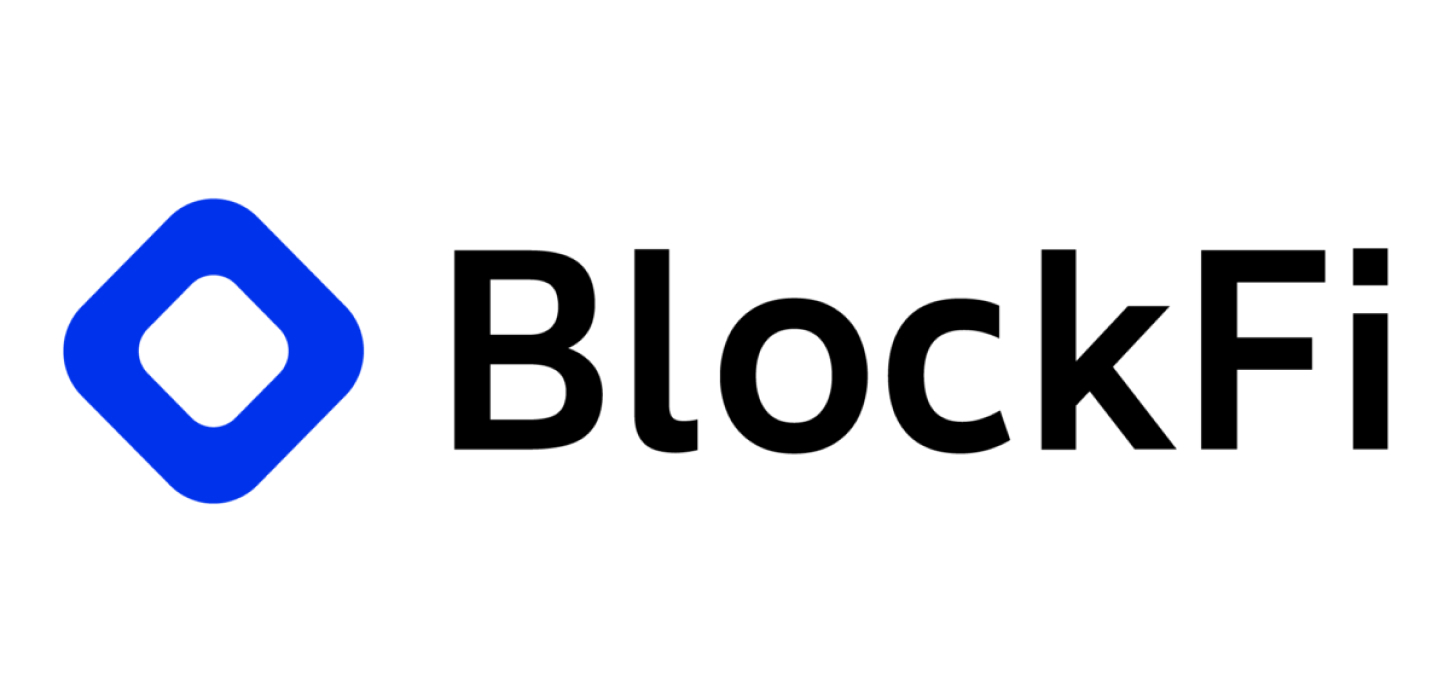Table of Contents
Things could go from bad to worse for BlockFi users after a judge ruled against a petition to recover $300 million in Bitcoin and turn it over to users.
BlockFi had filed for bankruptcy in 2022 following turmoil in the crypto space that saw the collapse of several crypto lenders.
Major Setback For Some BlockFi Users
According to a report, some BlockFi users have suffered a major setback after a judge denied them the possibility of recovering their funds. According to the report, the users in question unintentionally forfeited their right to the crypto assets held on the bankrupt lending platform. US Bankruptcy Judge Michael Kaplan announced the decision. During proceedings, the judge dismissed the argument the platform’s customers put forward, stating that, in this case, the users in question forfeited the right to their assets.
While controversial, the decision is considered standard in other similar cases. BlockFi was one of the companies severely impacted by the 2022 crypto winter, which saw major crypto lenders collapse, putting the price of almost all major cryptocurrencies on a downward spiral. The situation in the crypto space worsened thanks to the collapse of FTX. FTX was the parent entity of several lenders, including BlockFi. In this context, judges have sided with the crypto companies when determining whether users that held interest-bearing accounts could retain ownership of their coins.
The Question Of Customer Funds
Several questions about the ownership of customer funds were also raised during the bankruptcy proceedings of other lenders, such as Voyager Digital and Celsius Network. In those cases, judges ruled that funds that were held in interest-bearing accounts were the property of the bankrupt company and would be pooled with other assets and used to repay creditors of the company in question.
When it came to BlockFi and its users, the circumstances were harsher compared to others, given the company had to go through a series of potential acquisitions. However, after none went through, it was forced to declare bankruptcy. Judge Kaplan cited a critical lack of communication between BlockFi and its users as the basis of the decision. BlockFi’s case was especially complicated as the division between account types on the platform became confusing following the freezing of accounts by the company on the 10th of November, shortly before filing for bankruptcy.
However, BlockFi did not fully disable client-facing functions on its app, creating a situation that Judge Kaplan called “confusing, misleading, and frustrating.” Some BlockFi users had attempted to transfer around $375 million from their interest-bearing accounts into their wallets following BlockFi’s shutdown. While they received a confirmation that the transfers in question were completed, the information given to them was incorrect.
Lawyers representing this group of customers argued that BlockFi should honor the transfers and return the funds to the affected customers. However, Judge Kaplan ruled that BlockFi’s terms of service allowed the company to block transfer requests as part of its shutdown.
“Quite simply, a customer’s withdrawal or transfer request on the user interface did not and does not automatically transfer digital assets.”
Michael Slade, the attorney for BlockFi, had argued in an earlier hearing that allowing the customers to transfer $375 million would significantly impact the recovery process for Wallet customers. He stated that it could also possibly prevent the company from returning customer funds due to the difficulty involved in sorting out how to pay additional wallet claims from a fixed asset pool.
Not All Doom And Gloom
However, there was good news for some customers as the bankrupt crypto lender received court permission to return around $297 million to customers with non-interest-bearing accounts. Bankruptcy judge Michael Kaplan ruled that customers were the owners of their deposits in BlockFi’s wallet program. The wallet program did not pay out interest to customers and kept these funds separate from the company’s other funds.
Disclaimer: This article is provided for informational purposes only. It is not offered or intended to be used as legal, tax, investment, financial, or other advice.
Investment Disclaimer










